Occurrence and cultivation of real jasmine
Of the Real jasmine grows as a deciduous shrub that can reach heights of between 40 centimeters and five meters. If it grows on trellises, it can be up to ten meters high. The real jasmine usually climbs up other plants or natural structures by looking for support with its sprout organs. The plant has thin branches that are usually square and have a rod-like shape.
The leaves of the real jasmine are arranged opposite one another on the stem axis and are usually composed of around five to nine small individual leaves. These leaflets have an elliptical shape, are pointed at the front and are about one to six centimeters long. The flowers of the real jasmine grow in clusters of up to ten pieces. They are white in color and exude a pleasant, sweet and beguiling scent.
The flowers are about two and a half centimeters wide and are located on relatively long flower stalks, with the calyx being tiny. The flowering time of the real jasmine extends from June to September. The plant forms fruits that are round to oval in shape and are berry-like. When ripe, the fruits of real jasmine are dark red in color and later turn purple.
The real jasmine occurs naturally in the Kashmir Mountains, in the Himalayas and in southwestern China at altitudes of 1,800 to 4,000 meters. In Europe, the plant was only naturalized, so that it can also be found in France, the Iberian Peninsula and Romania. Outside Europe, the real jasmine is also found in Iran and in the Caucasus.
The plant prefers dry areas like steppes, but also grows on fresh soils that are rich in nutrients. The location should be slightly alkaline to slightly acidic as well as gravelly, sandy or loamy. The real jasmine is sensitive to frost and loves sunny and hot locations.
Effect & application
The real jasmine has been used in various areas of application for centuries. It is important to ensure that it is a poisonous plant. For this reason, the real jasmine must never be consumed pure. Instead, the essential oil made from the plant plays an important role.
Fragrance oils are extracted from the flowers of the real jasmine, which are used, for example, in the manufacture of perfumes. Real jasmine is also used in aromatherapy and is said to provide relief from stress, anxiety and exhaustion as well as depression. In addition, the real jasmine in the form of oil is used in massage oils due to its intense scent.
For this purpose, conventional massage oil can be mixed with essential oil of real jasmine in order to obtain the characteristic scent. Real jasmine is also used as an ingredient in numerous cosmetic products and is used, for example, for skin care. In addition, the real jasmine is also offered in the form of tea and can therefore also be used internally. The real jasmine usually acts as an ingredient in connection with other types of tea and flavored the drink.
Real jasmine is also known in homeopathy and is mostly used in the form of globules. Because the real jasmine is a poisonous plant, the potencies of the homeopathic remedies administered are relatively low. In addition, it should be noted that such preparations should only be taken on condition that they have been prescribed by a doctor.
Otherwise, symptoms of an overdose can appear, which can manifest themselves, for example, in visual disturbances, tired eyelids, dry mouth and vomiting. Even people who suffer from heart problems are not allowed to consume real jasmine.
Importance for health, treatment & prevention
In the past, jasmine was used in natural medicine. Nowadays this usage has declined due to the toxicity of the plant. For example, real jasmine was used as a medicinal plant with analgesic, antispasmodic and antibacterial effects.
It can also be used for anxiety and stress as well as for the accompanying treatment of depression. It can also help with nervous exhaustion. The real jasmine is primarily used as a massage or fragrance oil as well as for inhalation. The real jasmine is said to have a beneficial effect in the treatment of infectious diseases in connection with headaches. This results in the scope of the flu-like infections. Even with restlessness and nervousness, the real jasmine can develop its calming effect and thus reduce stage fright and exam anxiety, for example.
Basically, however, preparations made from real jasmine should only be used after consulting a doctor. Because all parts of the plant contain poisonous indole alkaloids, especially in the rhizomes. Poisoning can lead to dizziness, difficulty swallowing, speech disorders and muscle tremors. In the worst case scenario, respiratory paralysis can lead to death.


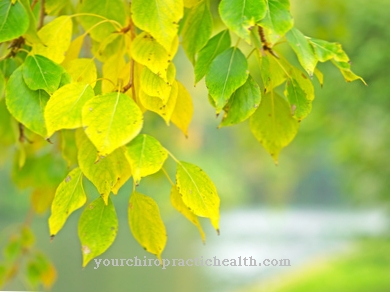
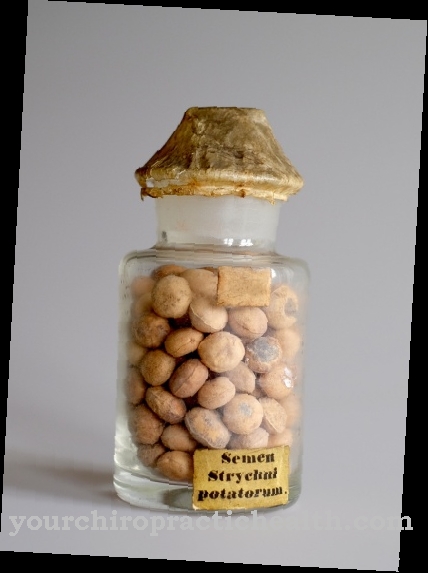
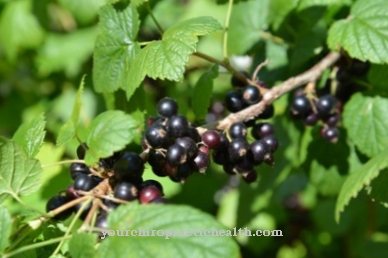
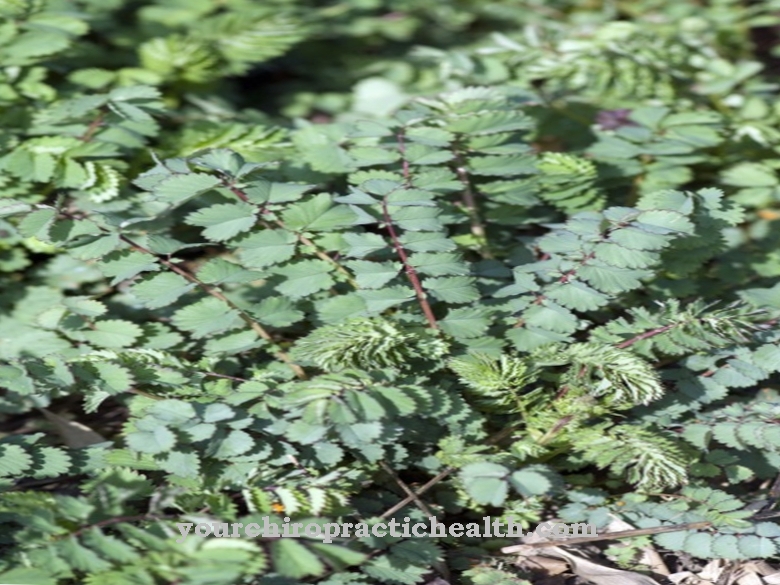
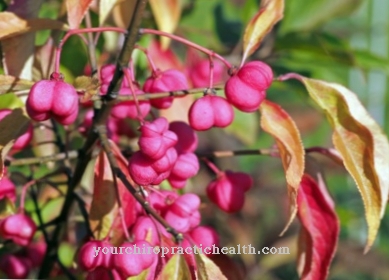


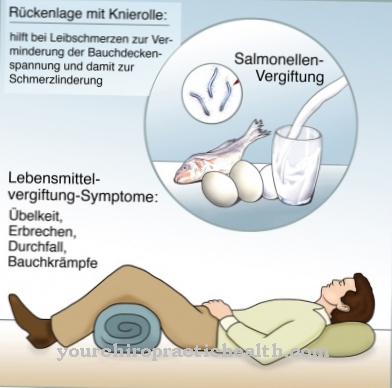







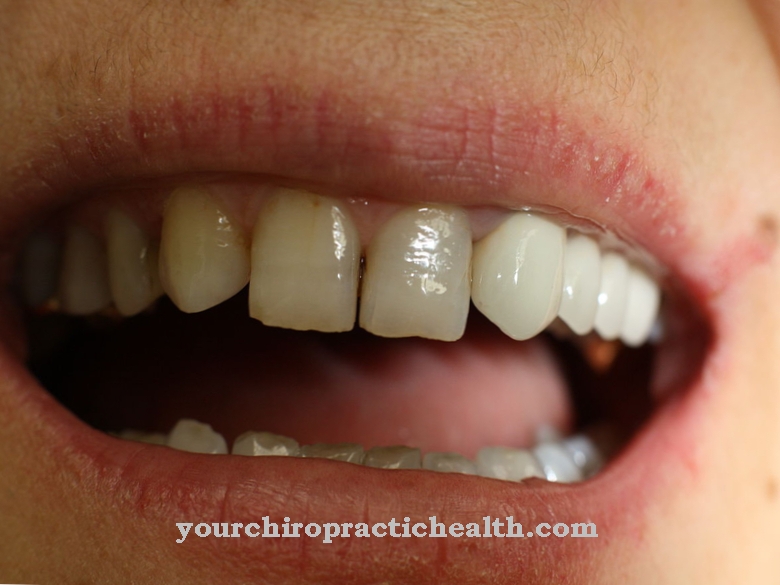



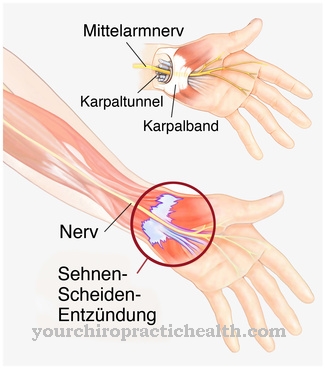
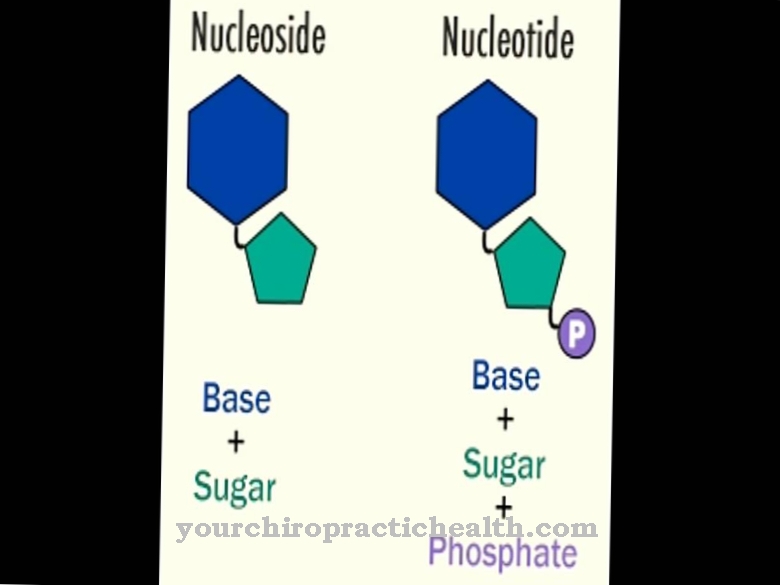
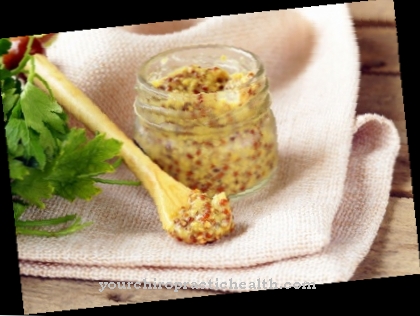
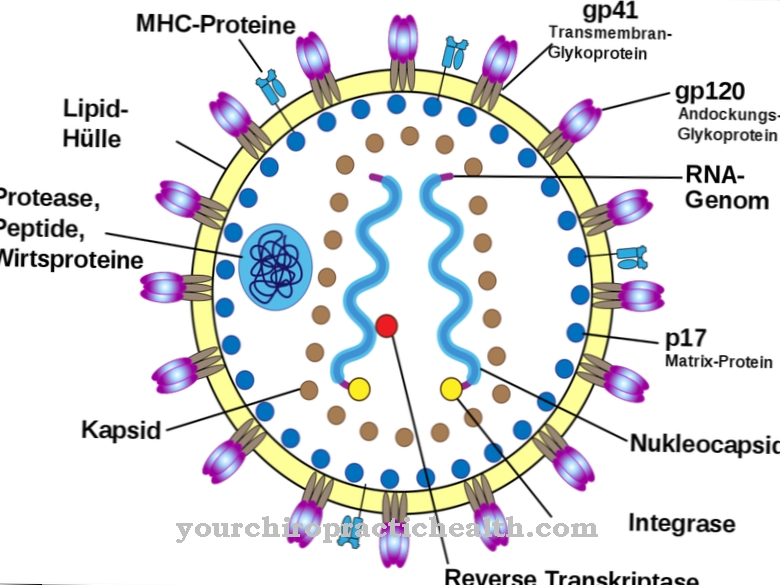
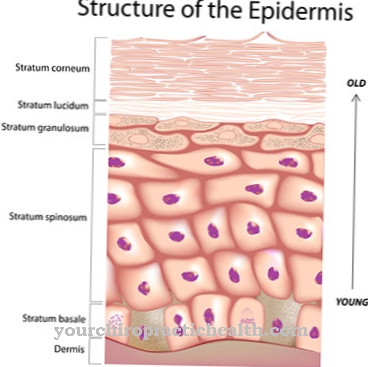
.jpg)

